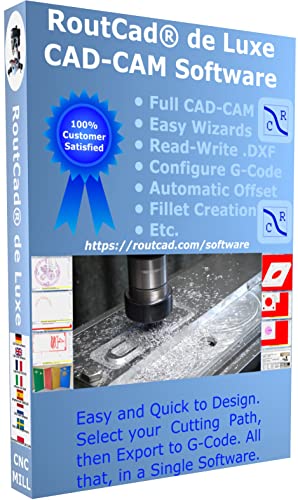- Joined
- Feb 26, 2020
- Messages
- 717
- Reaction score
- 444
I did not yet read all of the posts. (they are long)
If I google metal injection molding I get something very different from what I wanted. Plastic (wax) with metal powder is injection molded. Then the plastic (wax) is burned away and the metalpowder sinters together.
 I think those pen clips were done like this.
I think those pen clips were done like this.
What I ment with metal injection molding is this. Metal into "heated syringe", then the liquid metal is shot into the mold with high speed at high pressure.
Greetings Timo
If I google metal injection molding I get something very different from what I wanted. Plastic (wax) with metal powder is injection molded. Then the plastic (wax) is burned away and the metalpowder sinters together.

What I ment with metal injection molding is this. Metal into "heated syringe", then the liquid metal is shot into the mold with high speed at high pressure.
Greetings Timo

































![DreamPlan Home Design and Landscaping Software Free for Windows [PC Download]](https://m.media-amazon.com/images/I/51kvZH2dVLL._SL500_.jpg)























![MeshMagic 3D Free 3D Modeling Software [Download]](https://m.media-amazon.com/images/I/B1U+p8ewjGS._SL500_.png)









